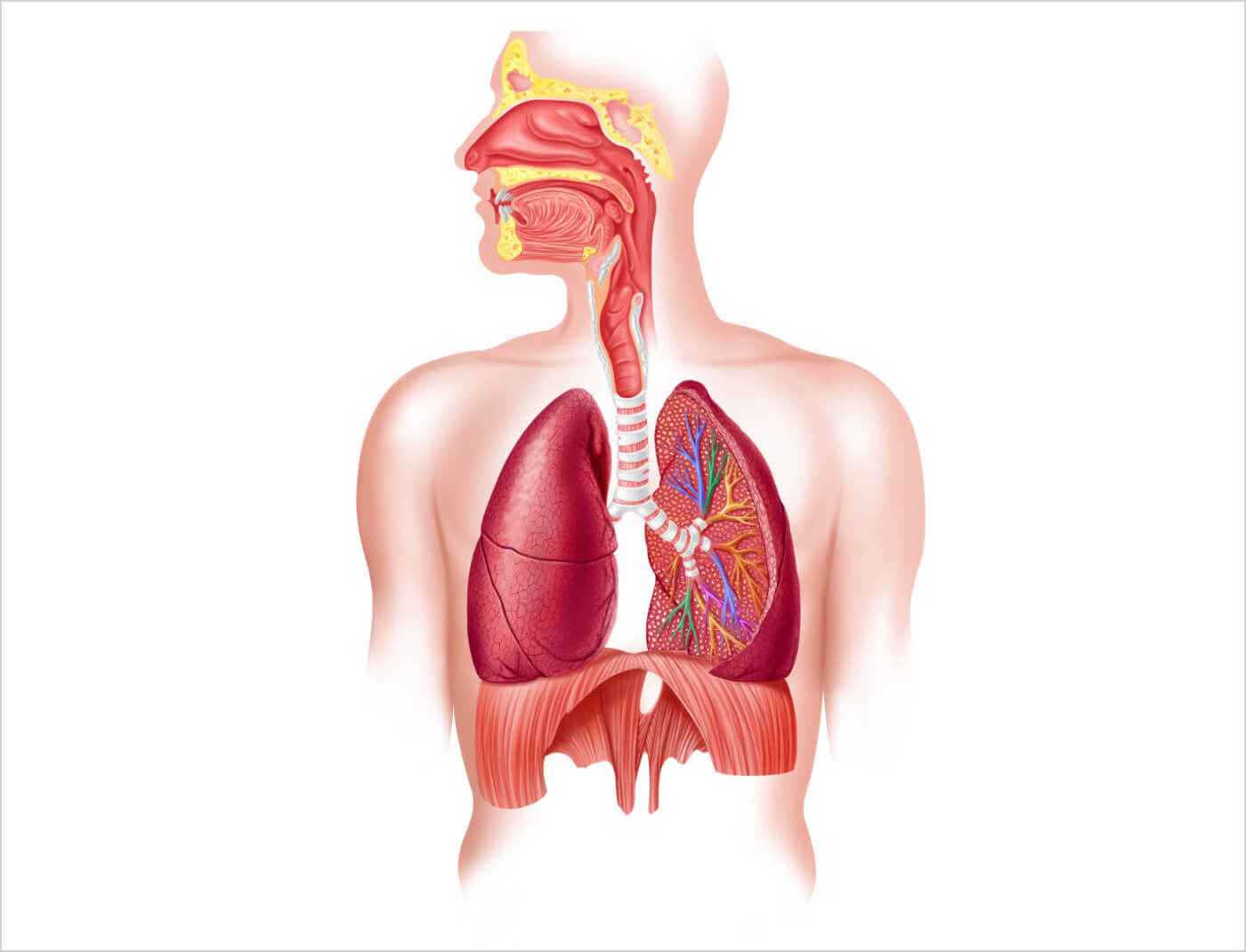[{"pageName":"productReference","id":"1C9301","code":"PIMM00000000023638","name":"Sundström SR 500 Powered Respirator","brand":"Sundström","position":1,"price":1149.3981,"currencyCode":"EUR","category":"Personal Protective Equipment/Face Masks and Respirators/Powered Respirator Systems/Powered Respirators (PAPR)","list":"Product Carousel -","additionType":"Product Carousel -","productAvailability":"","productPACStatus":"Core"},{"pageName":"productReference","id":"160901","code":"PIMM00000000123960","name":"Sundström SR 570 Respirator Face Shield","brand":"Sundström","position":2,"price":515.001,"currencyCode":"EUR","category":"Sundström","list":"Product Carousel -","additionType":"Product Carousel -","productAvailability":"","productPACStatus":"Core"},{"pageName":"productReference","id":"20V0201","code":"PIM000000000034891","name":"3M Versaflo TR-619 Powered Respirator Starter Kit","brand":"3M","position":3,"price":1911.7029,"currencyCode":"EUR","category":"3M","list":"Product Carousel -","additionType":"Product Carousel -","productAvailability":"","productPACStatus":"Core"},{"pageName":"productReference","id":"20V0002","code":"PIMM00000000023914","name":"3M Versaflo S-657 Respirator Hood","brand":"3M","position":4,"price":160.44119999999998,"currencyCode":"EUR","category":"Personal Protective Equipment/Face Masks and Respirators/Powered Respirator Systems/Respirator Hoods","list":"Product Carousel -","additionType":"Product Carousel -","productAvailability":"","productPACStatus":"Core"},{"pageName":"productReference","id":"164600","code":"PIMM00000000020202","name":"Sundström SR 200 PC Full-Face Respirator Mask with Polycarbonate Visor","brand":"Sundström","position":5,"price":394.1658,"currencyCode":"EUR","category":"Personal Protective Equipment/Face Masks and Respirators/Reusable Respirators/Full-Face Respirator Masks","list":"Product Carousel -","additionType":"Product Carousel -","productAvailability":"","productPACStatus":"Core"},{"pageName":"productReference","id":"168700","code":"PIMM00000000001653","name":"Sundström SR 100 Half-Face Respirator Mask","brand":"Sundström","position":6,"price":64.7226,"currencyCode":"EUR","category":"Personal Protective Equipment/Face Masks and Respirators/Reusable Respirators/Half-Face Respirator Masks","list":"Product Carousel -","additionType":"Product Carousel -","productAvailability":"","productPACStatus":"Core"},{"pageName":"productReference","id":"111500","code":"PIMM00000000001635","name":"3M 6000 Half-Face Respirator Mask","brand":"3M","position":7,"price":30.5778,"currencyCode":"EUR","category":"Personal Protective Equipment/Face Masks and Respirators/Reusable Respirators/Half-Face Respirator Masks","list":"Product Carousel -","additionType":"Product Carousel -","productAvailability":"","productPACStatus":"Core"},{"pageName":"productReference","id":"1E2500","code":"PIMM00000000023686","name":"Arco Premium Valved FFP3 Dust Mask (Pack of Five)","brand":"Arco","position":8,"price":43.59119999999999,"currencyCode":"EUR","category":"Personal Protective Equipment/Face Masks and Respirators/Disposable Face and Dust Masks","list":"Product Carousel -","additionType":"Product Carousel -","productAvailability":"","productPACStatus":"Core"},{"pageName":"productReference","id":"143110","code":"PIMM00000000018059","name":"Honeywell Airvisor 2 MV Painter’s Air-Fed Respirator Kit","brand":"Honeywell","position":9,"price":368.17589999999996,"currencyCode":"EUR","category":"Honeywell","list":"Product Carousel -","additionType":"Product Carousel -","productAvailability":"","productPACStatus":"Core"}]

















